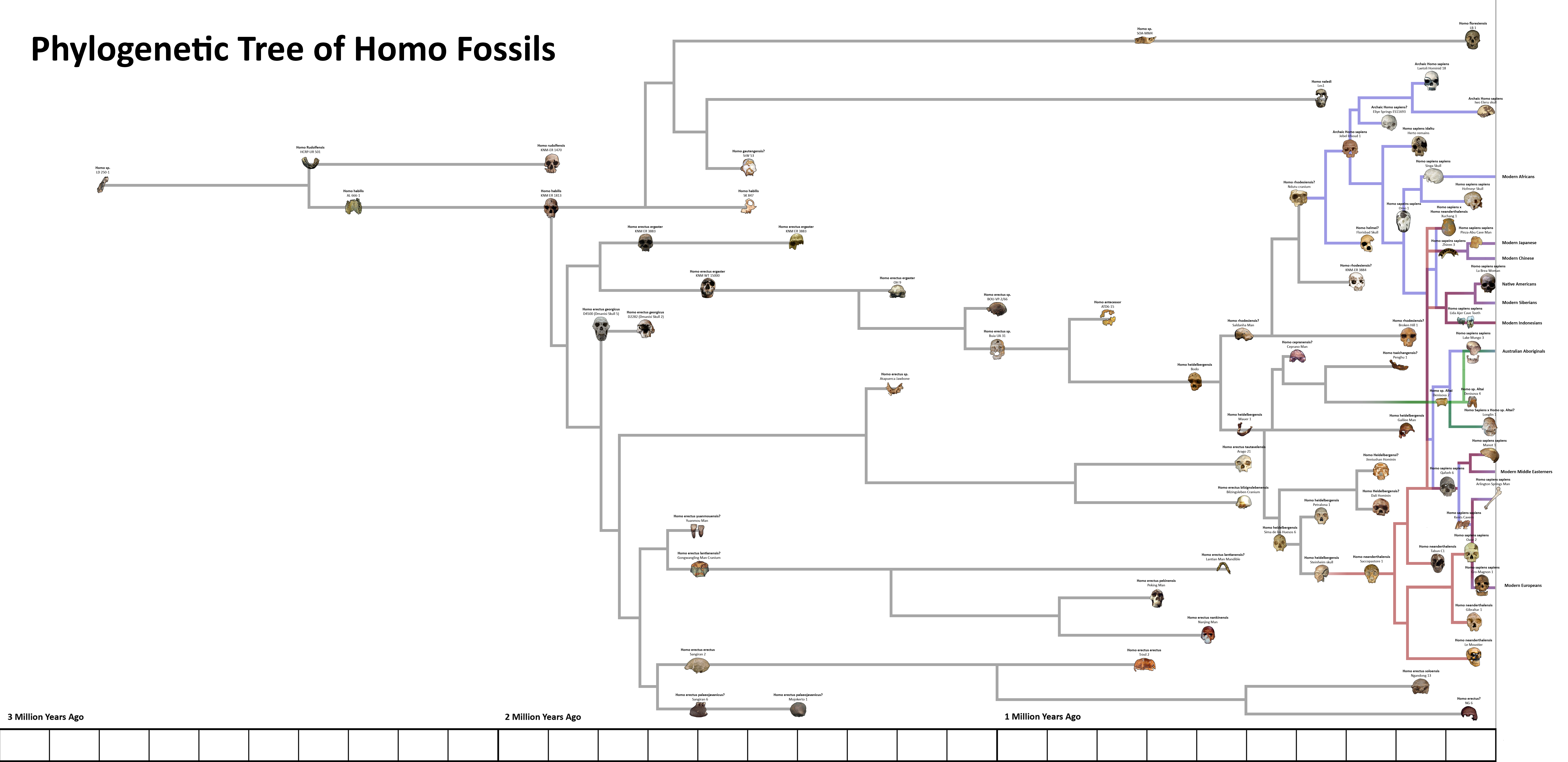HOME | DD
 Paleonerd01 — Otodus obliquus size estimation method
Paleonerd01 — Otodus obliquus size estimation method

#evolution #megalodon #palaeontology #paleontology #obliquus #fossilsharkteeth #carcharoclesmegalodon #extinctshark #fossilshark #fossilsharktooth #sharkevolution #otodusmegalodon #lamnaobliqua #otodusotodusobliquus #otodustooth #otodusobliquustooth
Published: 2022-01-09 06:33:38 +0000 UTC; Views: 14901; Favourites: 83; Downloads: 13
Redirect to original
Description
Despite its cosmopolitan distribution and commonality among fossil collections, very little study has been done towards estimating the size of Otodus obliquus, the “mega-toothed” Lamniform species ancestral to the iconic Carcharocles (Otodus) megalodon. Recently, Perez et al. proposed a novel method for estimating the total length (TLn) of extinct Lamniforms by using the correlation between TLn and the summed crown width (SCW). This is the combined width of all the tooth crowns in the jaw, measured between the enamel-root contact on the mesial and distal cutting edges. This method differs from previous methods which only relied on the weaker correlation between the crown height (CH) of the anterior teeth and TLn (Shimada, 2019).
However, this study only produced size estimates for C. chubutensis and C. megalodon. Fortunately, Gordon Hubbel’s collection includes an associated set of O. obliquus teeth and these are figured with scale bars on ELASMO.COM . The dental formula was reconstructed by David Ward and Gordon Hubell from a collection of 92 associated teeth discovered in the Khourigba phosphate mines, Morocco. I downloaded images of these teeth and measured the SCW along the labial crown face, I then calculated the portion of SCW for each tooth. This allowed me to estimate the TLn of a few of the O. obliquus teeth in my own collection. The largest was an upper fifth lateral tooth with a CW of 47 mm. This correlated to a SCW of 546.5 mm and to a TLn of 8.89 m, using the SCW to TLn power function presented by Perez et al.
This analysis suggests O. obliquus was a very large shark, able to reach a length of at least 9 metres (something we already pretty much knew). Given that there are significantly larger teeth in other collections, it’s reasonable to believe O. obliquus attained a size of perhaps 12 metres in exceptional cases.
References
Perez, V., Leder, R. M., Badaut, T. (2021). “Body length estimation of Neogene macrophagous lamniform sharks (Carcharodon and Otodus) derived from associated fossil dentitions.” Palaeontologia Electronica.
Shimada, K. (2019). “The size of the megatooth shark, Otodus megalodon (Lamniformes: Otodontidae), revisited.” Historical Biology, 1-8.
























